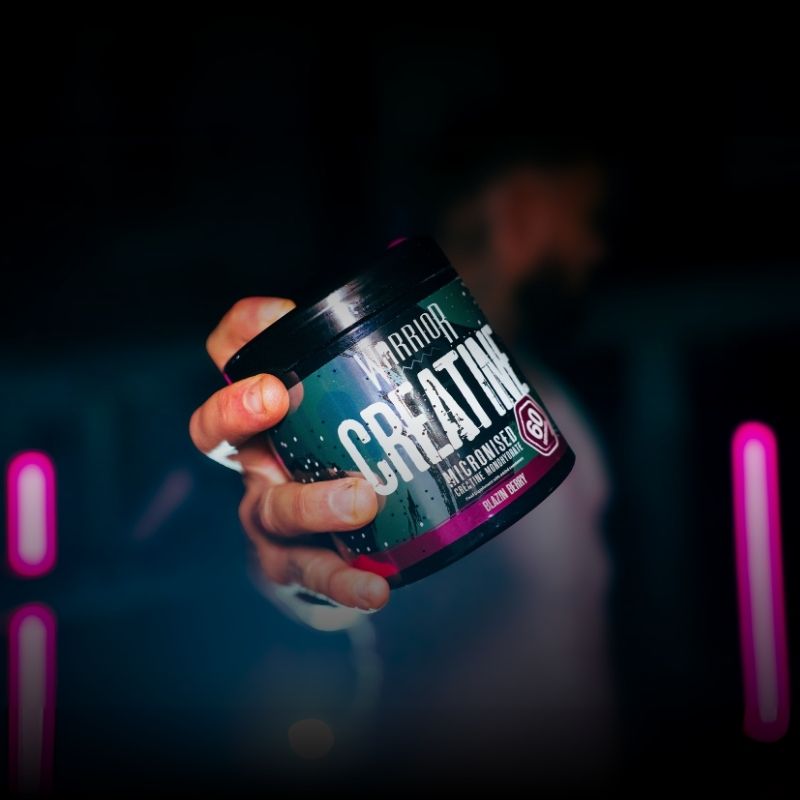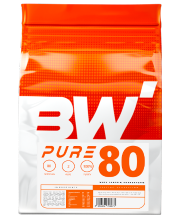Creatine has been a staple in strength and performance nutrition for years. And with good reason. But even as its popularity grows, so do the questions. Let’s break down the most common ones we get asked about creatine and give you the straight answers.
Can I Add Creatine to My Protein Shake?
Yes. 100%.
Adding creatine to your protein shake is one of the easiest and most effective ways to stay consistent. Creatine and protein do not clash. They absorb differently, and both serve different but complementary functions. While creatine fuels strength, power, and explosive output, protein drives muscle repair and growth. When taken together, especially post-workout, they support a faster, stronger, and leaner recovery.
It also simplifies your routine. Instead of taking multiple supplements separately, combine them. Use 3 to 5 grams of creatine monohydrate daily. Timing isn’t critical, but consistency is. Creatine works best when muscle stores are fully saturated, so make it part of your daily ritual. Mix it into your shake, your pre-workout, aminos, or even your morning coffee. If it clumps, use warm water or blend it.
Does Creatine Add Water Weight?
Yes, but here’s the truth most won’t tell you.
When you start using creatine, your muscle cells pull in more water. This is called intracellular water retention. It is not bloating. It is not puffiness. It is not fat.
It usually adds 1 to 3 pounds (0.5 to 1.5 kg) in the first one to two weeks, especially if you are doing a loading phase. This water goes inside your muscles, making them look fuller. It also enhances strength, hydration, and performance.
After that, weight gain stabilises. If you stop taking creatine, the extra water weight will naturally drop off in a few weeks.
Is Creatine Safe and Effective for Women?
Absolutely.
Creatine benefits women just as much as men. Research shows it helps women build strength, improve training capacity, support lean muscle growth, and recover faster between sessions. In fact, because women often start with lower baseline levels of creatine, they may experience more noticeable gains.
Creatine is not a hormone. It will not cause bulky muscles or masculine traits. What it does do is enhance what your training, nutrition, and genetics are already building.
Some women may notice a slight increase in weight at the start, but again, this is water inside the muscle. Most report feeling stronger, more defined, and leaner because of it.
And the benefits go beyond the gym. Studies link creatine use to improved mental performance, reduced fatigue, better energy metabolism, and even potential support for long-term bone health.
The best creatine dosage for women? Stick to 3 to 5 grams daily. No loading phase needed unless you want results faster. Take it whenever suits you—just make sure it’s every day.
What Age Is Safe to Start Taking Creatine?
For most people, 18 and up is the green light.
If you are under 18, creatine should only be used under professional supervision. That means a healthcare provider or coach, with parental approval and a solid nutrition plan in place. While creatine is safe and not hormonal, younger athletes usually see the biggest gains from focusing on training technique, recovery, and diet.
Most sports science bodies agree: get the basics right first. If those are dialled in and the athlete is training at an elite level, creatine can be considered with proper guidance.
For everyone else, the safest move is to start at 18 or older. Stick to the proven dose: 3 to 5 grams of creatine monohydrate daily.
Creatine is one of the most researched and proven supplements on the planet. The benefits are clear: more strength, faster recovery, lean muscle support, and even cognitive and metabolic performance. Whether you are male or female, starting out or experienced, creatine belongs in your daily routine.


